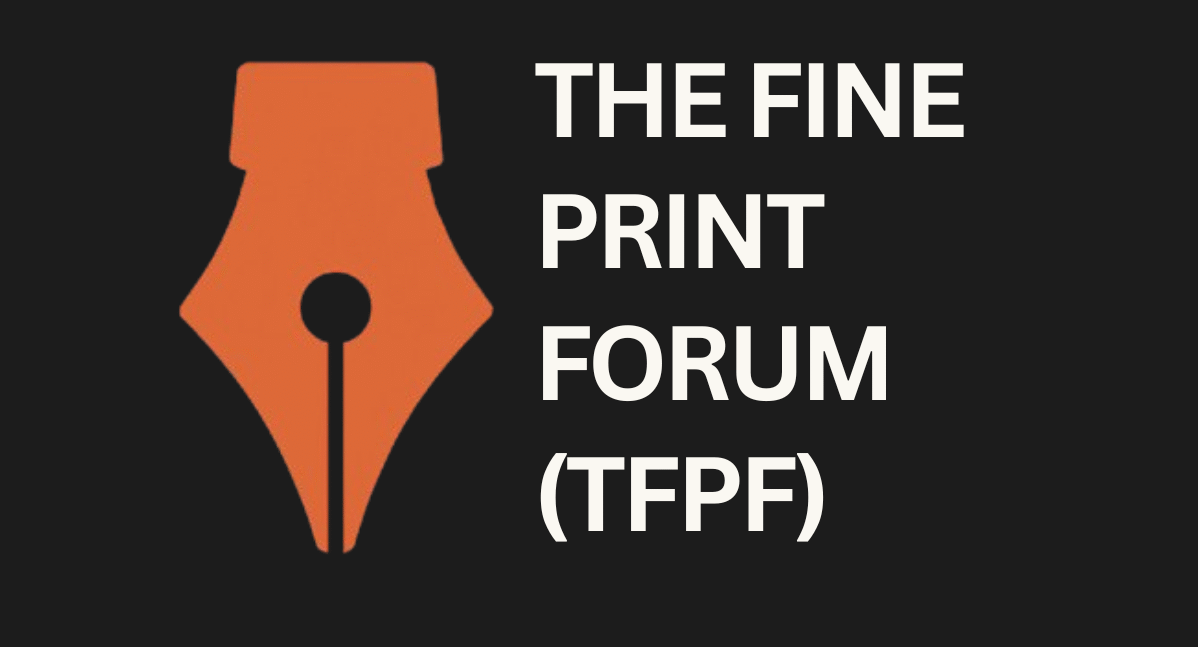From Local to Global: Examining the Interplay of Territoriality, Transboundary Reputation, and Trademark Squatting

Author: Gurkaran Singh, 4th-year B.B.A. LL.B. (Hons.) student at Symbiosis Law School Pune
INTRODUCTION
Trademark law, a key aspect of intellectual property rights, protects brand identity and consumer trust. Historically, trademark protection was confined by territoriality, limiting rights to the jurisdiction of registration. However, globalization and digitalization have exposed this framework’s limitations, bringing doctrines like transboundary reputation and trademark squatting into focus. These issues highlight the tension between local sovereignty and international brand goodwill, creating a complex legal problem. This article examines these concepts, evaluates the efficacy of transboundary reputation in addressing trademark squatting, and proposes legal reforms.
TERRITORIALITY IN TRADEMARK LAW
Trademark law is inherently territorial, granting rights within the jurisdiction of registration. This principle, rooted in national sovereignty, ensures commerce regulation. In Jones Investment Co. v. Vishnupriya Hosiery Mills, the Intellectual Property Appellate Board (IPAB) ruled against the complainant, emphasizing that trademark rights exist only where a mark is registered.
However, globalization has revealed the inadequacies of territoriality. Businesses with international operations face vulnerabilities when trademarks registered in one jurisdiction conflict with another, showcasing the limitations of rigid territorial frameworks in a connected global economy.
THE DOCTRINE OF TRANSBOUNDARY REPUTATION
The doctrine of transboundary reputation protects brands with international recognition, even in jurisdictions where they lack formal registration. Anchored in treaties like the Paris Convention and TRIPS, this doctrine ensures well-known marks are safeguarded globally.
In Milmet Oftho Industries v. Allergan Inc, the Indian Supreme Court upheld the global reputation of a foreign brand. India’s Trade Marks Act, 1999, supports this doctrine, enabling unregistered trademarks to file passing-off actions. Apple Computer Inc. v. Apple Leasing & Industries further emphasized that global advertising can protect brands even without local operations.
Similarly, in N.R. Dongre v. Whirlpool Corporation, Whirlpool challenged the unauthorized use of its trademark in India. Despite limited direct sales, the court recognized its goodwill, citing extensive international advertising. This decision reinforced the principle that brand reputation can transcend geographical boundaries through marketing and visibility.
Article 16 of the TRIPS Agreement strengthens this principle by establishing the “likelihood of confusion” standard. Protection extends to dissimilar goods if harm to the well-known trademark’s owner is foreseeable. Despite its strengths, the doctrine faces evidentiary burdens and conflicts with local trademark holders.
TRADEMARK SQUATTING
Trademark squatting occurs when individuals register well-known trademarks in bad faith, often to sell rights back to rightful owners or block market entry. Squatters exploit legal loopholes, disrupting businesses and damaging brand integrity. The World Intellectual Property Organisation (WIPO) defines squatting as the unauthorized registration or use of well-known foreign trademarks.
For example, in the Tesla Inc. case in China, a local businessman registered the “Tesla” trademark before the carmaker officially entered the market. Tesla had to engage in lengthy negotiations, highlighting the financial and operational burdens caused by squatting.
A notable case of Trademark Squatting is Volans Uptown LLC vs. Mahendra Jeshabhai Bambhaniya, where the Delhi High Court ruled against the defendant’s deliberate misuse of the trademark “BOTANIC HEARTH.” Despite Volans Uptown’s prior ownership and applications, the defendant filed an identical application on a “proposed to be used” basis, demanding INR 18,00,000 to relinquish rights. The court’s ruling reinforced protections under India’s Trade Marks Act, 1999, deterring bad-faith practices. Globally, cases like Michael Jordan’s trademark dispute in China highlight the difficulties of reclaiming rights in squatting cases, emphasizing the need for robust legal frameworks.
INTERPLAY BETWEEN TERRITORIALITY, TRANSBOUNDARY REPUTATION, AND TRADEMARK SQUATTING
The interplay between territoriality, transboundary reputation, and trademark squatting reveals a complex legal landscape. Territoriality ensures sovereign control but creates protection gaps exploited by squatters. Some jurisdictions hesitate to adopt transboundary reputation, prioritizing local economic interests over global brand goodwill.
Transboundary reputation seeks to address these gaps by recognizing well-known marks globally, but it often conflicts with territoriality. Local businesses argue that transboundary reputation infringes upon their rights. This conflict is amplified in countries hesitant to embrace international standards, such as China’s earlier practices, where local interests often prevailed over foreign claims.
Trademark squatting thrives on these gaps, leveraging inconsistencies between jurisdictions. Digital commerce has intensified these issues, creating new avenues for domain name squatting and AI-generated trademark disputes. Without harmonized standards, businesses remain vulnerable, with evidentiary burdens falling disproportionately on foreign claimants.
Reluctance to integrate transboundary reputation into territorial systems stems from concerns about undermining local enterprises. However, this reluctance results in an uneven playing field, where international brands struggle to protect their interests while navigating disparate legal systems. International frameworks like the Paris Convention, TRIPS, and the Madrid Protocol provide foundational structures, yet broader international consensus is needed.
RECOMMENDATIONS
A globally harmonized framework is essential to resolve conflicts between territoriality and transboundary reputation. Standardized definitions for well-known marks and mechanisms for recognizing and protecting them across jurisdictions are necessary. The TRIPS Agreement’s “likelihood of confusion” standard can serve as a basis for aligning international practices.
Early trademark registration in potential markets prevents squatting. Businesses should anticipate expansion and prioritize registrations in First-to-File jurisdictions. Strengthening domestic legal frameworks can further deter squatting. India’s Trade Marks Act, 1999, provides protections through Sections 9 and 11, addressing confusion and deception. Passing off (Section 27) and honest concurrent use (Section 12) balance competing interests.
Leveraging technology, including AI-driven tools and blockchain, can revolutionize trademark management. AI monitors global usage and detects infringements, while blockchain offers transparent records for registration. These innovations enable early detection and prevention of unauthorized use, ensuring brand integrity in a digital landscape.
CONCLUSION
The evolution of trademark law underscores the need to balance local interests with global commerce. By harmonizing standards, clarifying evidentiary requirements, and leveraging technology, legal systems can address cross-border disputes effectively. Territoriality must adapt to globalization and digitalization. Transboundary reputation offers a bridge to global recognition but must be integrated carefully. Trademark squatting highlights the vulnerabilities of fragmented frameworks, emphasizing the urgency of legal reforms.

